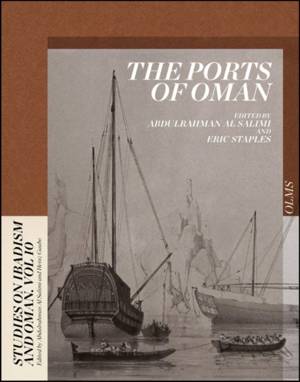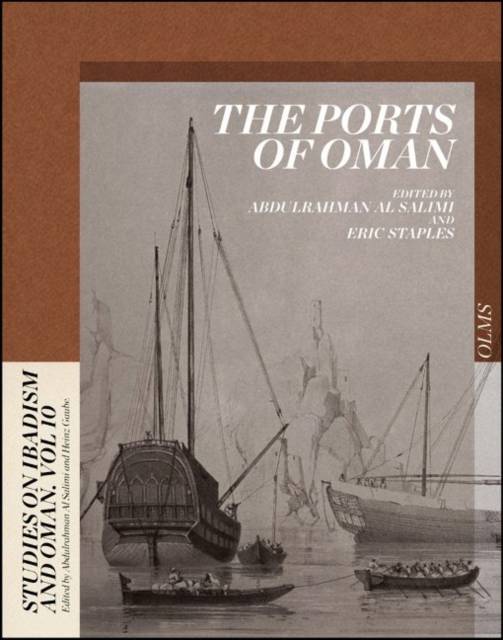
- Afhalen na 1 uur in een winkel met voorraad
- Gratis thuislevering in België vanaf € 30
- Ruim aanbod met 7 miljoen producten
- Afhalen na 1 uur in een winkel met voorraad
- Gratis thuislevering in België vanaf € 30
- Ruim aanbod met 7 miljoen producten
Zoeken
Omschrijving
This work focuses on Oman's urban connections with the sea, examining the ports in Oman in order to emphasize their function as centres of commerce and interaction. The importance of the port in the maritime economy is discussed, as well as the deep links that these ports had with the interior of Oman, connecting the culture and economy of its people to the rest of the world. Specific ports from each of the main regions - such as Sumhuram, Qalhat, Sur, Muscat, Mutrah, and Sohar - are examined in depth in order to collectively relate them within an interconnected web of trade and human movement. In addition, ports beyond Oman's current borders that were at one time politically or economically connected to Oman - such as Gwadar, Julfar, Hormuz, and Zanzibar - are also addressed in order to capture these larger connections. Methodologically, it takes an interdisciplinary approach in regards to the material, integrating archaeological, textual, and in some cases ethnographic evidence in order to provide a more complete picture of the specific port and its connections with the larger Islamic world.
Specificaties
Betrokkenen
- Uitgeverij:
Inhoud
- Aantal bladzijden:
- 368
- Taal:
- Engels
- Reeks:
- Reeksnummer:
- nr. 10
Eigenschappen
- Productcode (EAN):
- 9783487153919
- Verschijningsdatum:
- 1/02/2017
- Uitvoering:
- Hardcover
- Afmetingen:
- 248 mm x 302 mm
- Gewicht:
- 2220 g

Alleen bij Standaard Boekhandel
+ 243 punten op je klantenkaart van Standaard Boekhandel
Beoordelingen
We publiceren alleen reviews die voldoen aan de voorwaarden voor reviews. Bekijk onze voorwaarden voor reviews.







